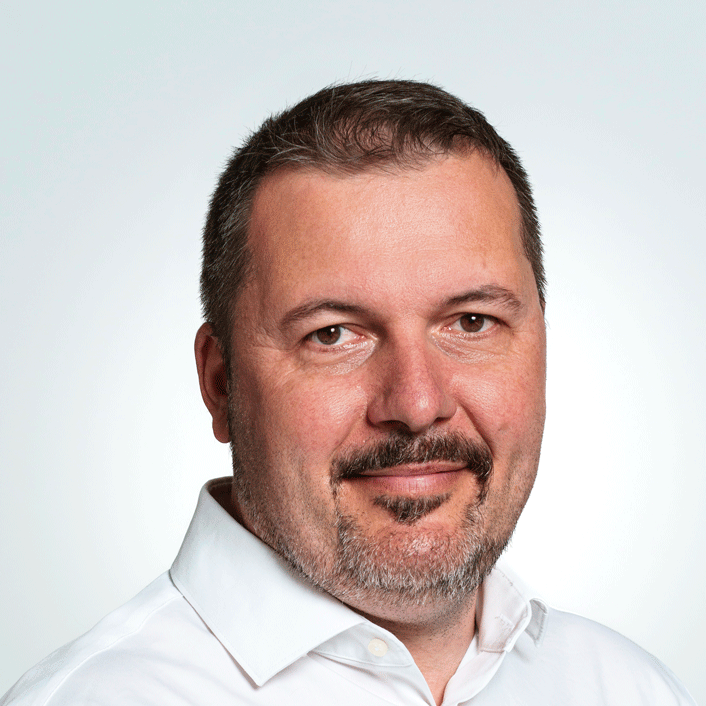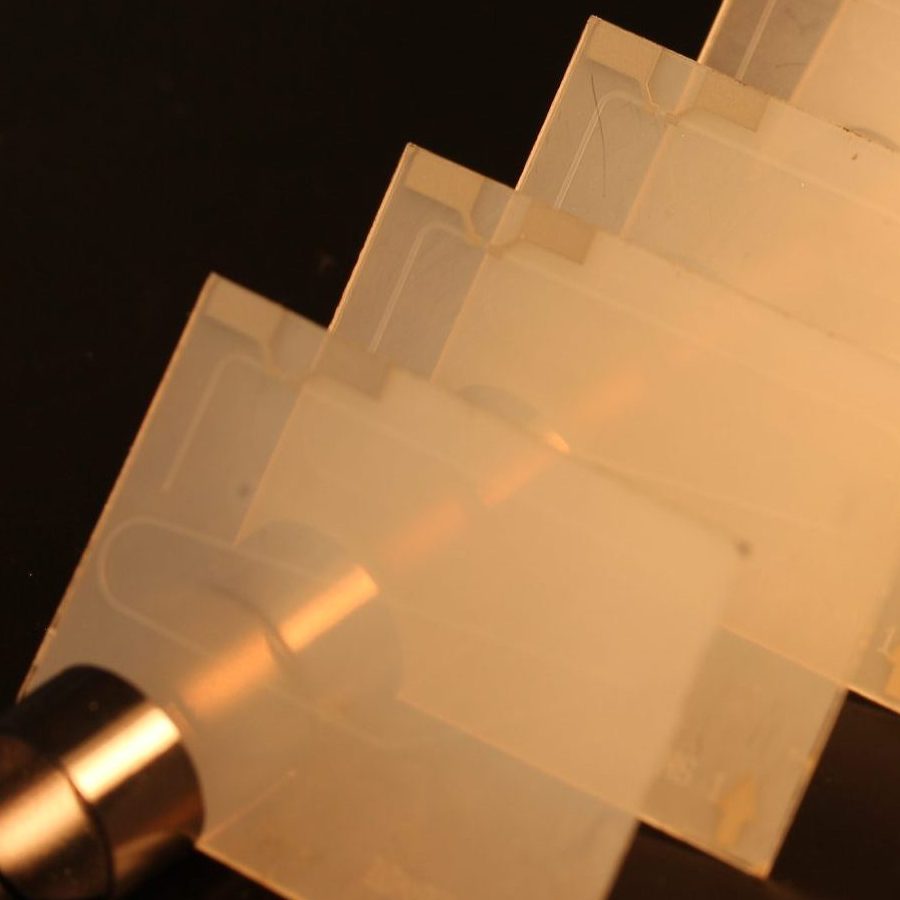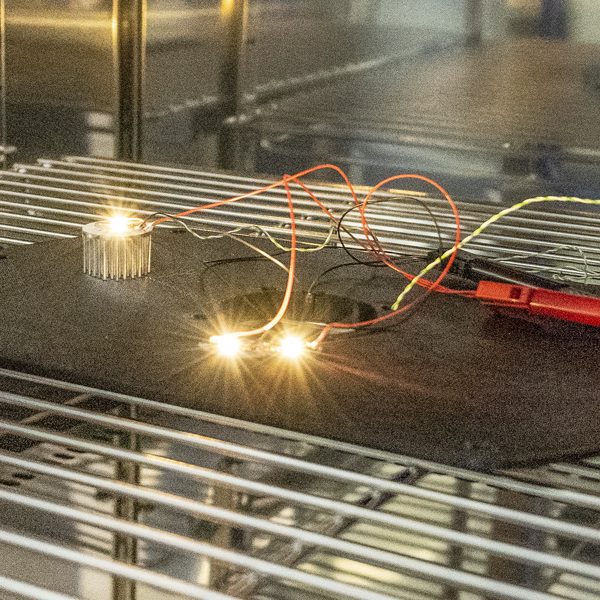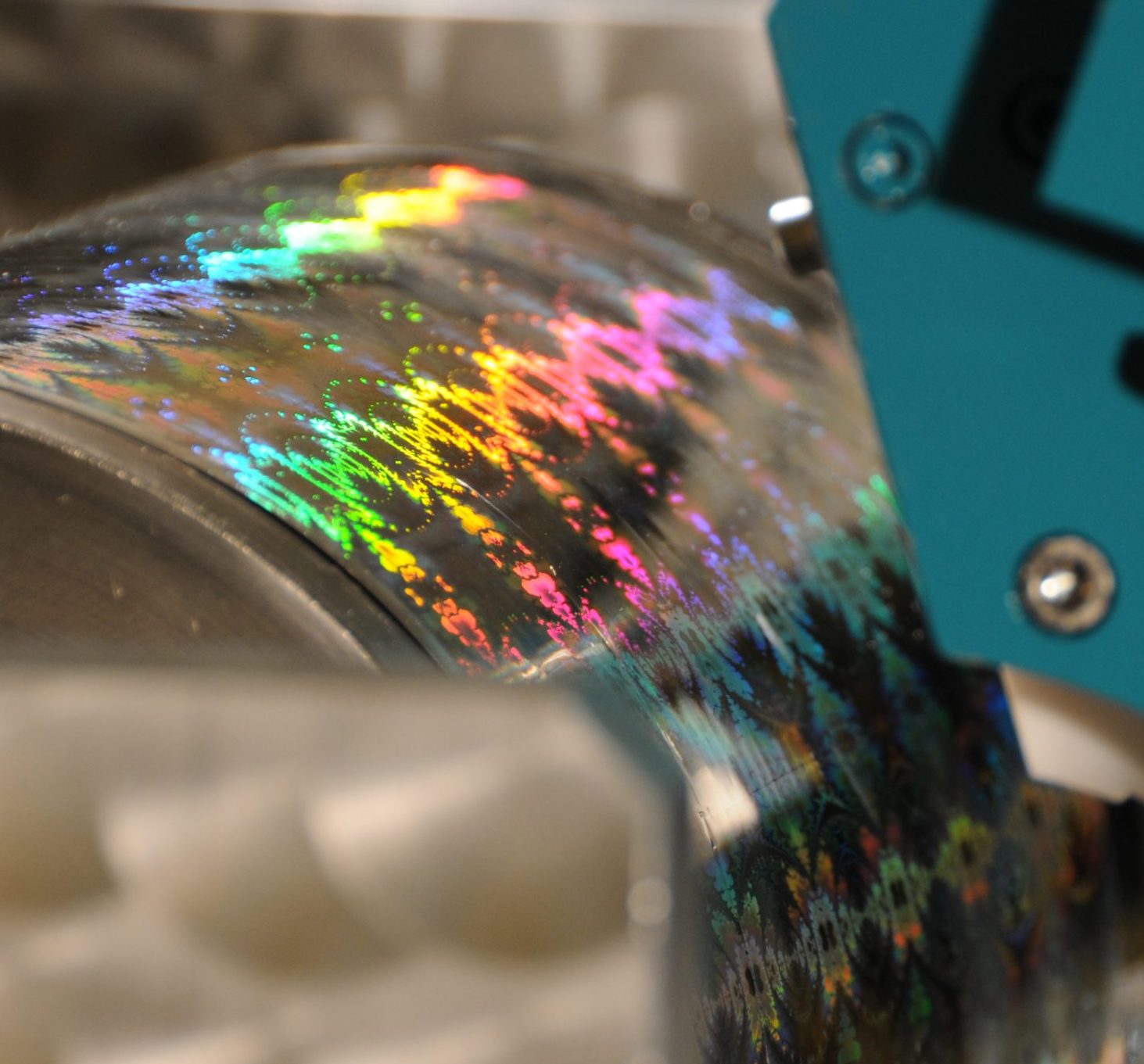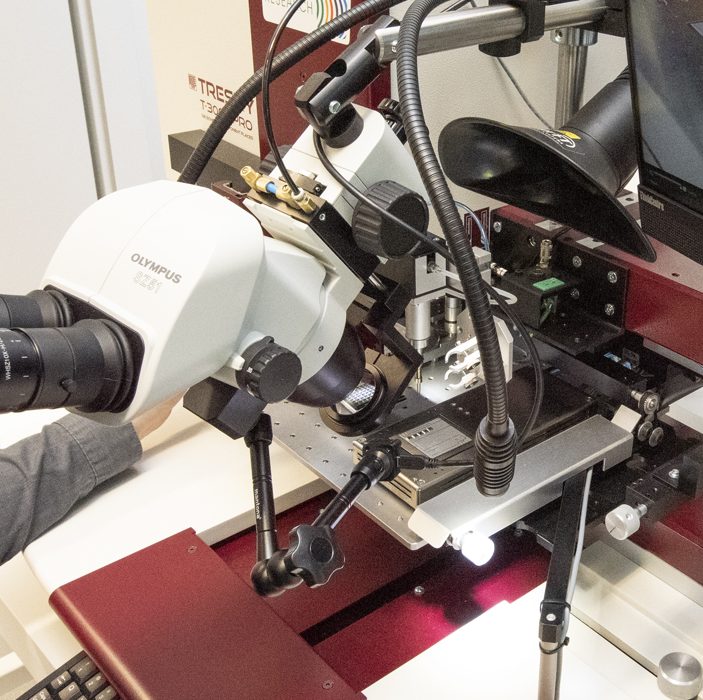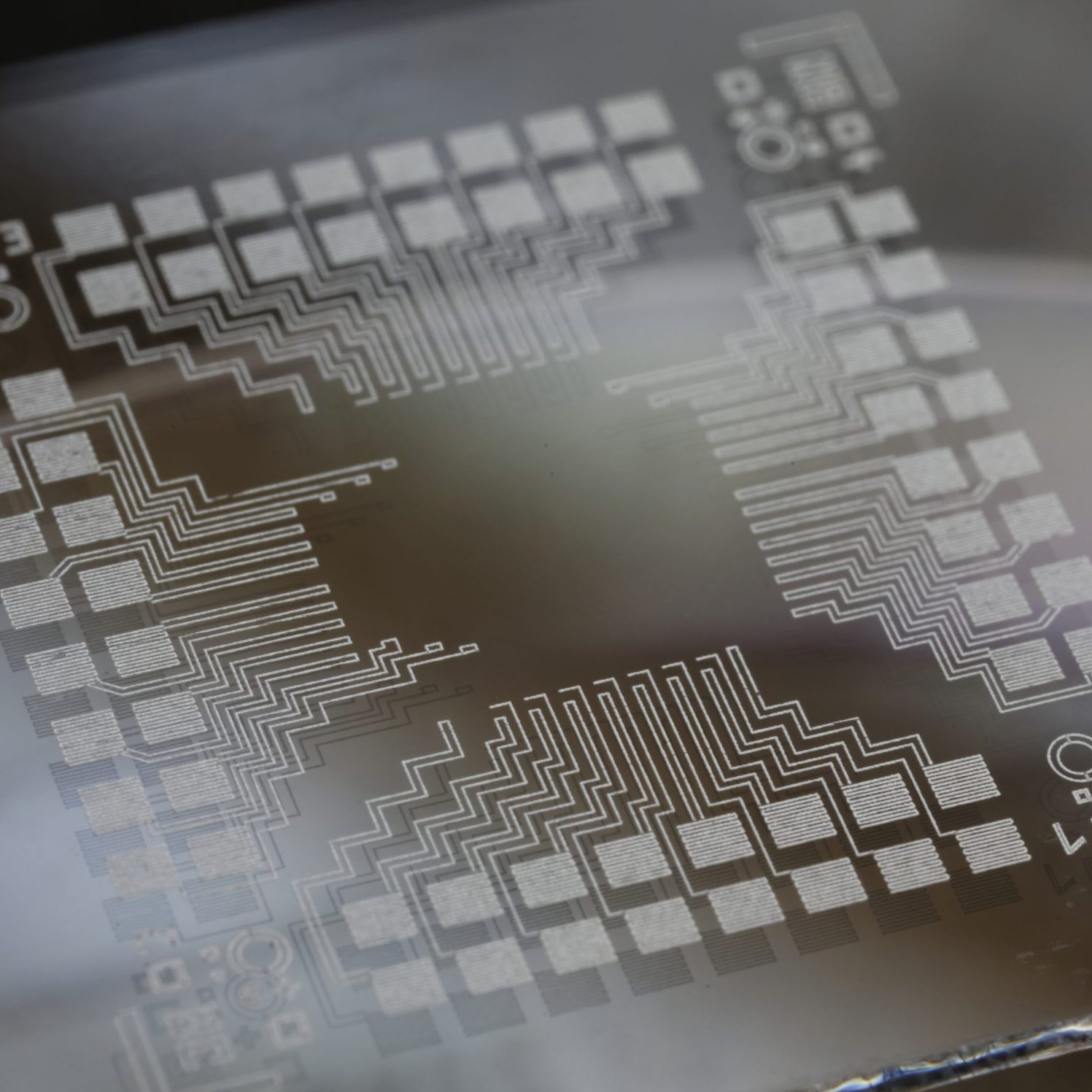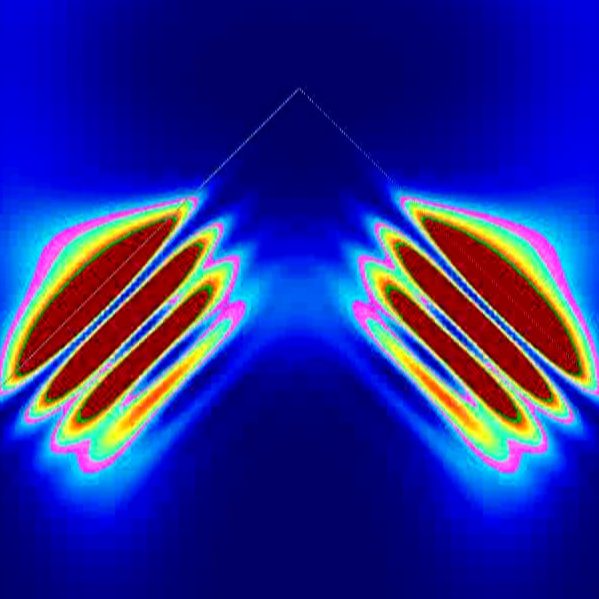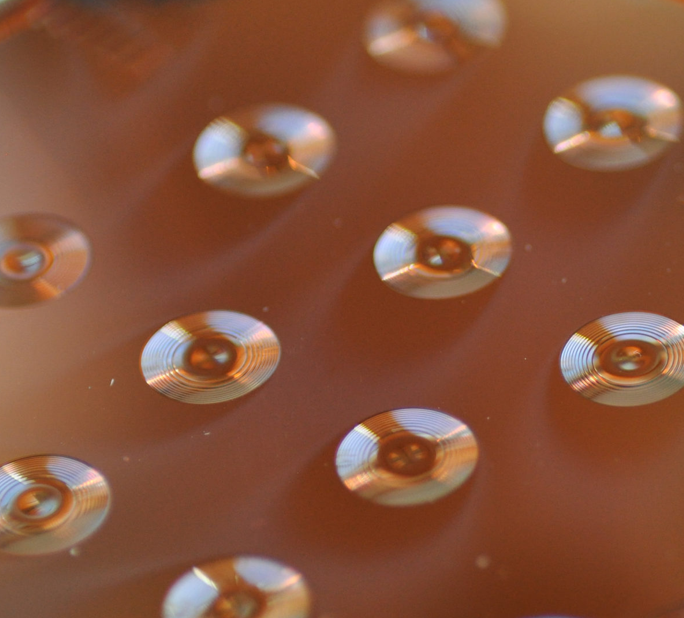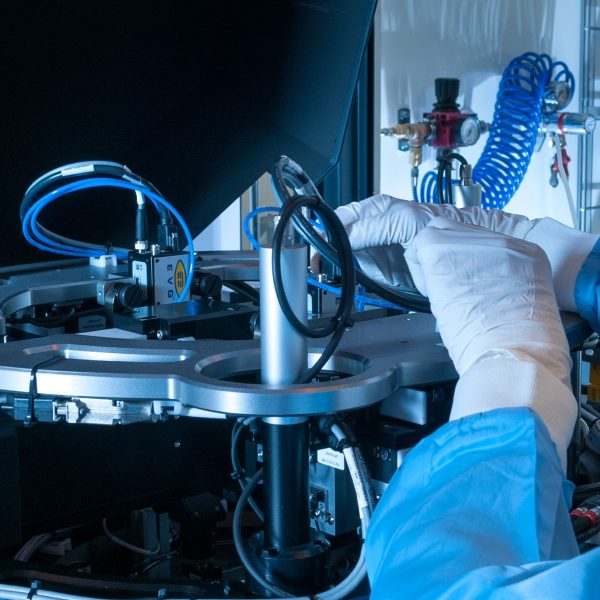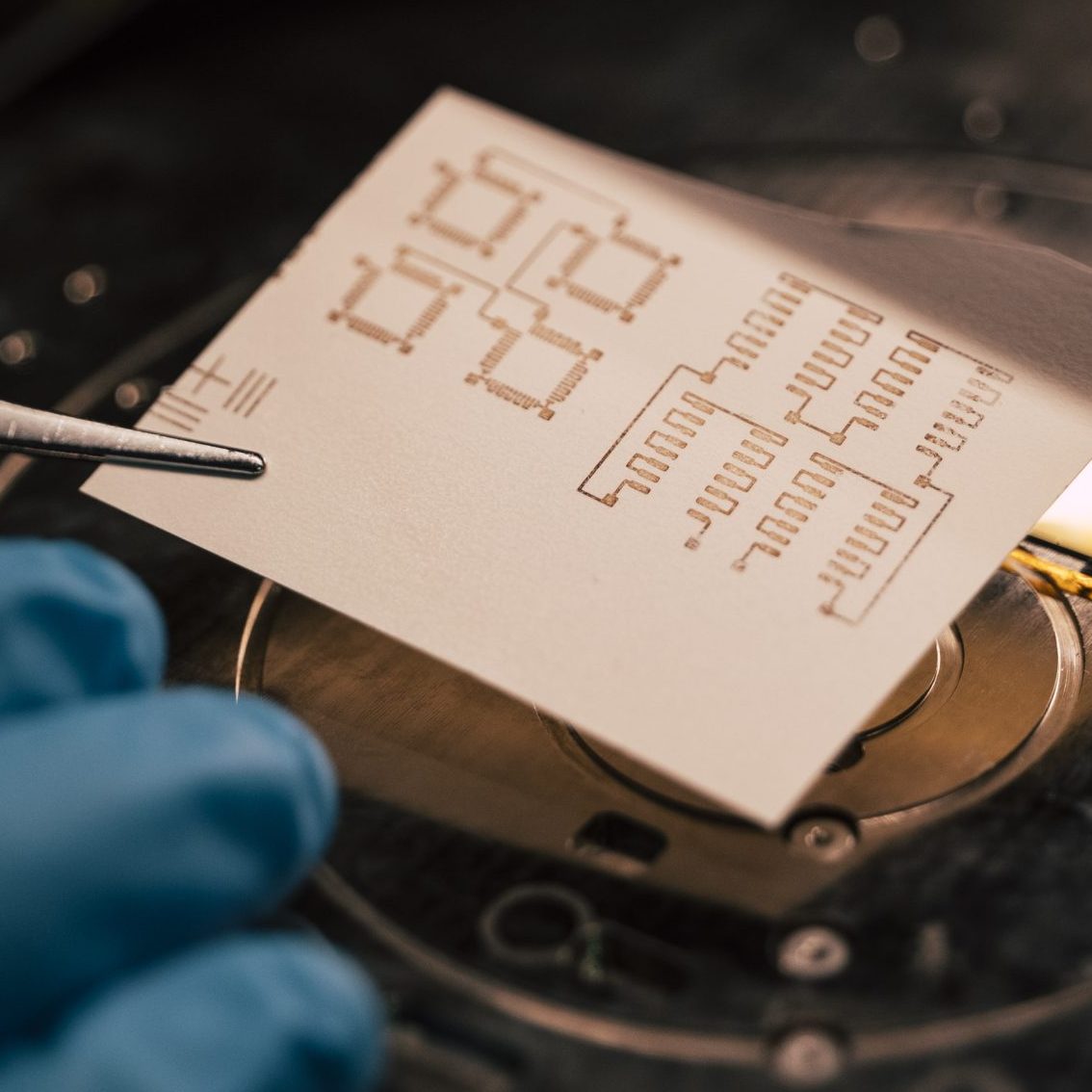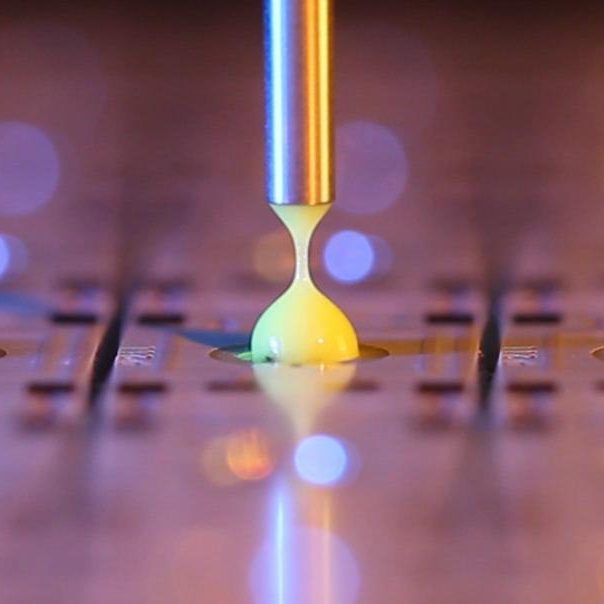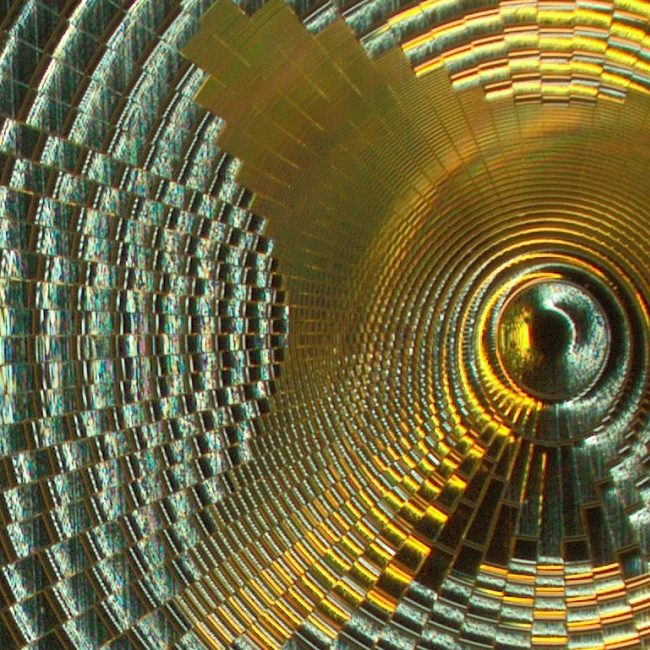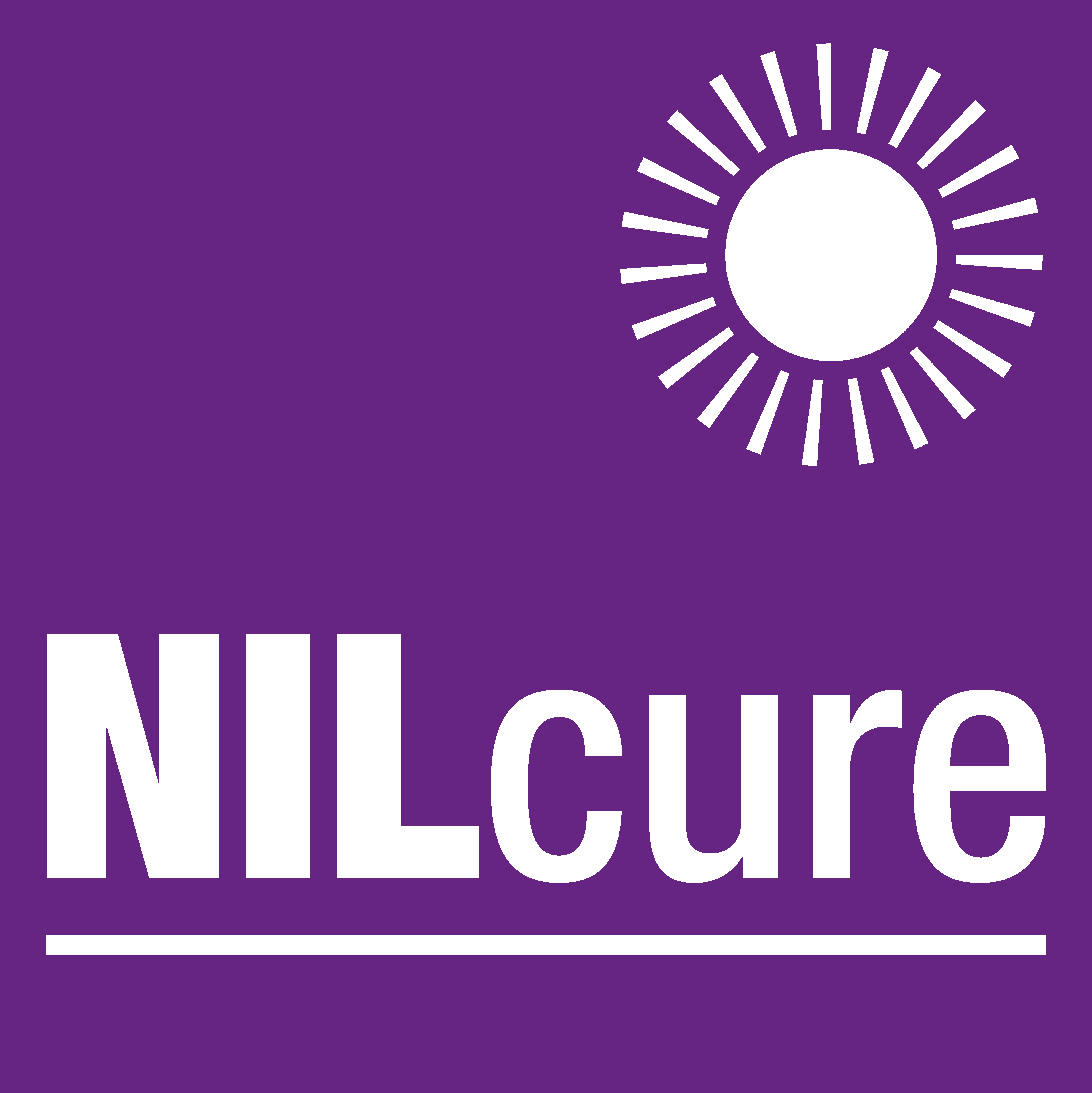- About us
- Research expertise
- DIGITAL – Institut für Digitale Technologien
- MATERIALS – Institut für Sensorik, Photonik und Fertigungstechnologien
- ROBOTICS – Institut für Robotik und Flexible Produktion
- COREMED – Zentrum für Regenerative Medizin und Präzisionsmedizin
- HEALTH – Institut für Biomedizinische Forschung und Technologien
- LIFE – Institut für Klima, Energiesysteme und Gesellschaft
- POLICIES – Institut für Wirtschafts-, Sozial und Innovationsforschung
- Business areas
- Products & services
- Research infrastructure
- Beteiligungen
- Career
- Aktuelles
- Publications
- Kontakt zu uns
3D printing of metals
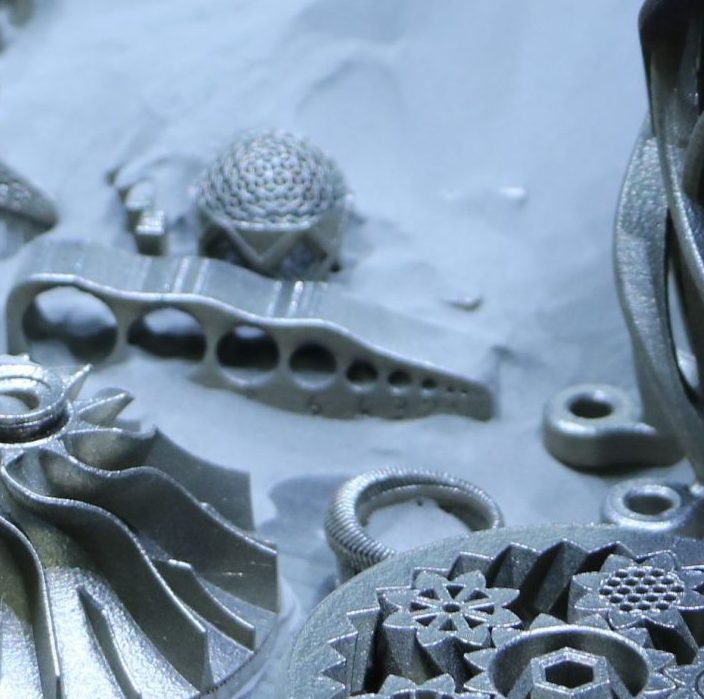
Additive manufacturing thanks to new design and simulation tools, new materials and the realisation of special topological structures


Metall-3D-Druck, Foto: JANNEUM RESEARCH / Stadler
We are developing new significantly lighter components with novel and improved functionalities that have the same good physical properties as conventionally manufactured components. This is possible in additive manufacturing thanks to new design and simulation tools, new materials and the realisation of special topological structures.
Additive manufacturing by laser powder bed fusion
Additive manufacturing enables the production of metallic components with complex geometries from powder or wire. We are involved in the further development of these processes for new materials and applications.
In the early days, these processes were often only used to make models and prototypes under the name 'rapid prototyping', but today the technology is also used as '3D printing' for the industrial production of components.
Laser powder bed fusion (L-PBF, laser powder bed fusion), which is also known by its popular name “3D printing”, is one of two additive manufacturing technologies for the fabrication of metallic components with high quality.
This technology allows the production of components having structures below 100 μm und roughness below 50 μm, besides offering nearly complete freedom of design. This offers the possibility to produce multifunctional metallic components, which were either impossible or only feasible with unprofitable expenses using classic (subtractive) production methods.
All this results are feasible because the final component is produced by laser melting out of the powder bed – layer per layer. Limitation of precision is only given by the grain size of the used powder and the spot size of the laser beam.
Two main applications of this technology currently lie in medical engineering and aerospace industries: In medical engineering, it is possible for the first time to produce implants and dentures tailored to the individual patient. In aerospace industries, in turn, there is now the feasibility to produce functional components with drastically reduced weight. This is enabled on one hand by nowadays simulation tools, giving the possibility to spare volume in spots that will not be stressed, and on the other hand by substituting full volumes with lattice special structures, which show similar macroscopic physical properties.
The aim of the work carried out at MATERIALS for and with industrial partners is to explore and solve innovative scientific and technological problems in order to make metal 3D printing even more efficient and to realise new products in the future.
Hybrid AM processes
The L-DED process (laser cladding) is characterised by high build rates and the possibility of combining different materials, but very fine and complex geometric structures cannot be realised. In contrast, these can be produced with greater precision and better surface quality using the L-PBF process, but composite components made of different materials can only be realised with a great deal of effort and at significantly lower build rates. Hybrid AM processes combine the advantages of both processes and enable new applications.
Hybrid materials - material composites and composite materials
Functional components are often made of different materials that are joined together in conventional manufacturing by form or force fitting, welding, soldering or bonding. Composite materials (hybrid materials) are produced using the hybrid AM processes mentioned above. In addition to hybrid materials, composite materials are also very important in technology. Examples include fibre or particle reinforced metal alloys (MMC metal matrix composites).
Process, component and material simulation
Additive manufacturing processes are relatively new technologies with many process parameters to consider. Simulation methods are an interesting tool for process development, but also for quality assured production of new parts. While very good simulation tools are already available for predicting residual stresses and part distortion, as well as the temperatures that occur in the part during printing, the simulation of the microstructures and part properties that occur is still in its infancy.
Research groups
Unsere Beteiligten Partner & Fördergeber
Das sagen unsere Kunden
Other products and services
Environmental, bioanalytical and diagnostic sensor technology combined with smart microfluidic lab-on-a-chip and organ-on-a-chip systems
Cost-effective solutions by extending the functions of classic LED-based lighting systems in the areas of Visible Light Communication, Visible Light Positioning and Visible Light Sensing
R2R-UV-NIL pilot line for the continuous and cost-effective production of micro- and nanostructures on flexible large-area film substrates
Development of customised prototypes, especially in the areas of LED lighting and sensor technology: circuit design, the conception of the system through to prototyping
Scalable and digital printing processes (including 3D printing of electronics) for generative manufacturing of functional components
Gesamtkonzepte für Design, Simulation, Optimierung und Prototyping von optischen Komponenten für maßgeschneiderte Lichtlösungen
High-resolution 3D structuring using two-photon lithography, as well as 2D and continuous 2.5D structuring using maskless grayscale laser lithography and electron beam lithography
Replication of master structures almost seamlessly onto large surfaces (380 x 700 mm²) using a step&repeat UV-NIL process
Messungen und Analyse von kleinsten Strukturen, Schichten und Bauelementen im Mikro- und Nanometermaßstab
Neuartige Technologie zur Verlängerung der Topfzeit von Silikonen auf mehrere Monate, ohne die Materialeigenschaften zu verändern
Complete solutions from optical simulation, mastering and prototyping to the transition to high volume, cost effective production of optical structures and components
Wiederverwendbare Materialien, Komponenten bzw. Verbundstoffen und deren Anwendungen, wie z.B. selbst entwickelte Lacke für die UV-Imprint-Lithografie (NILcure®)
SHAPING THE FUTURE, TOGETHER
JOANNEUM RESEARCH provides innovation and technology services in the field of applied research. As a research company working on behalf of various federal provinces and regions in Austria, our expertise shapes the development of our modern society and economy – sustainably, and always with a focus on people. As a multidisciplinary team working in a flexible set-up that fosters innovation, we always live up to the highest social and scientific standards.

